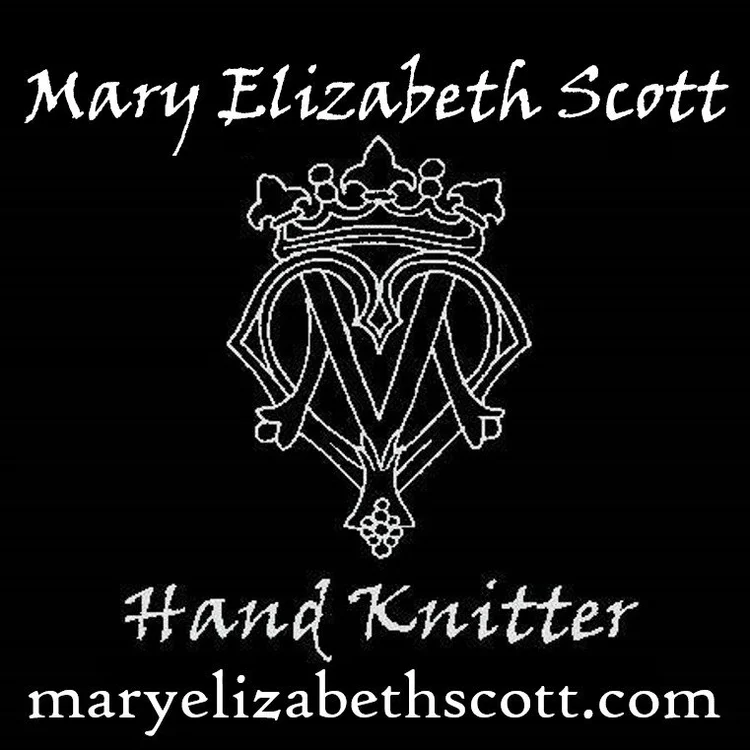I'm So Happy You Asked
I made some cuffs for the Frog Prince:
And while I did that, I pondered Silkie Van Tassel's excellent question: "If you were spinning yarn for colorwork, would you make 2-ply or 3-ply?"
It gives me the opportunity to mount my very favorite soapbox: "Not All Stranded Colorwork Is Fair Isle".
My answer to Silkie is Yes. The number of plies I'd make would depend on the project, and the effect I was hoping to achieve. Here's an exerpt from Teach Yourself Visually Color Knitting to explain more:
2-ply yarns are twisted together in the reverse direction from which their individual strands are spun. Opposing the twist energy of two strands causes a yarn to be balanced. 2-ply yarns are known for the minuscule shadows created by their opposed strands. Fair Isle knitters have long prized 2-ply yarns for this unique characteristic. The tiny shadows cast by two opposing plies are part of what gives traditional Fair Isle stranded colorwork its special look. The thousands of ply shadows soften and blend its many intricate color changes.
Photo by VirtualYarns
Three individually spun strands twisted together in the reverse direction from their spin are called a 3-ply yarn. Three strands together have a rounded cross-section, and the tiny shadows of their plies are much less visible than in 2-ply. Three strands make for a cohesive yarn with great strength and resistance to abrasion. 3-ply yarn offers superior stitch definition - a huge advantage when you want to knit crisp, clear motifs. Well-defined stitches also highlight and enhance the contrast between colors.
Photo by Grumperina
All of which is a long answer for a short question: Are you knitting Fair Isle, Scandinavian, or something totally else? All stranded colorwork is not the same, so neither should its yarns be. Vive La Difference!



